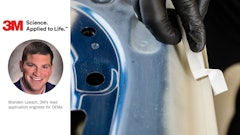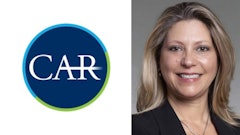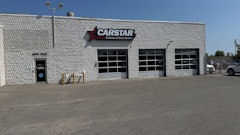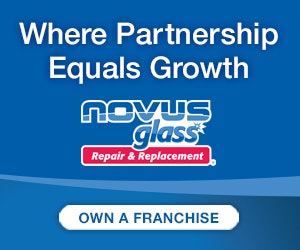
By Cecile Bukmeier
Women have been working on vehicles since they were invented—there was even an automobile Girl Scout badge created for girls who demonstrated skills in driving, auto mechanics and first aid in the early 19th century.
Automobile manufacturing plants were open to hiring women to sew upholstery, assemble and final polish mass-produced vehicles to support industrialization. During the war, more than one million women entered the Canadian work force for the first time.
There was an initial reluctance to allow women into new, non-traditional fields of employment. However, as the war continued the country soon realized it needed more contribution. Incentives were introduced to attract women to the workforce, and they took on many skilled trade occupations that were not available before. There was a huge shift in traditionally women’s industries, such as food processing and textiles, to industries like heavy manufacturing and vehicle production. Some factories even preferred women workers for some tasks because they were detail-oriented and suited to delicate work.
Women working in these jobs enjoyed and excelled at them. They worked alongside their male counterparts doing the same tasks, often for lower wages.
The women’s movement in the 1960s demanded better working conditions, equal pay and made many women aware of their independence and their right to control their own lives. At the end of the war, soldiers returned home and incentives for women in the workplace were withdrawn or phased out. Women were encouraged to leave the labour force as they got married and had families.
Today, many women still carry the majority of childcare, housework and care in their households. Finding a career with flexible work arrangements that can help accommodate childcare needs has always been a challenge. Choosing to enter a non-traditional career often seems like another layer of responsibility to an already complex life. On top of that, there is often a negative perception towards skilled trades, with the assumption that these jobs are low paying, physically demanding and less academically challenging.
People search for a career that is empowering and rewarding for their life and society still tells youth to focus on obtaining a degree to start a career they do not enjoy, without even considering the skilled trades. Skilled trade careers require dexterity, stamina and hand-eye coordination, they provide the ability to undertake new skills that will help perform various tasks with confidence.
A common challenge women face working in non-traditional careers is being underestimated. ‘Proving yourself’ is common across the auto body trade. Each repair has different challenges and you must show your skills and precision on each task, every time. It takes a long time and many failed attempts to become proficient. Men and women are both capable of building the strength and skill needed to work on vehicles. Women are meticulous by nature and being precise comes with the territory of collision repair. Their approach to a job could be different in terms of detail and organizational skills.
The problem is not that women are not capable—I think women aren’t as interested in auto body because of the perceptions of shop culture. The environment employees work in, the attitudes and the way staff interact all play a part in shop culture.
I believe the industry is woman-friendly. People are more accepting of the idea of having women in the back of the shop and trusting their knowledge of vehicles. Not every shop or scenario is the same, but many are progressing towards a diverse workforce. Not everyone will enjoy getting their hands dirty, that is not a gender stereotype, it is just personal preference.
There are many jobs that collision repair can include. I never knew where my career could take me when I first started in the industry. I was only interested in getting to work on cars and learning how to do things right so I could be proud of what I did. As I progressed, I came to realize how diverse the industry is and how many different pathways I could take. Technician, estimator, detailer, trainer, sales representative, insurance adjustor, parts managers—to name a few examples.
I believe the collision industry is seeing a positive increase in women entering, but there is still a long way to go. We need to continue to attract, develop and advance women and I believe we will come to a point where it is not rare to have women working in the shop or being involved in the repair industry. Coming together and promoting what we love about this industry will make other women feel like they are wanted and appreciated and have a place here.





















